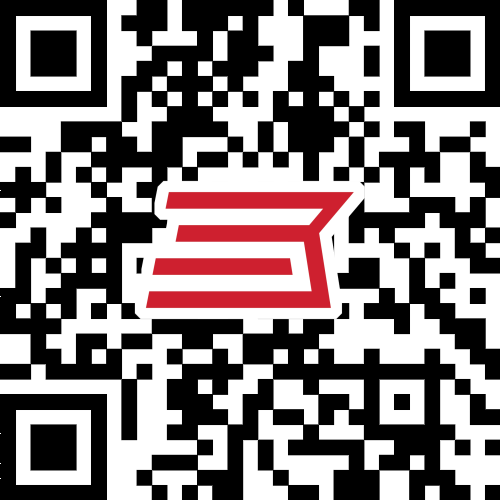- Savage Blog
- How to Make a DOPE Card for Adjusting Your Shots
How to Make a DOPE Card for Adjusting Your Shots

If you have spent much time around long-range shooters, you have likely heard the phrase DOPE card mentioned more than once. So, what are they? These cards are tools that are incredibly useful for tracking information and helping you make accurate adjustments when you’re shooting. Let’s tackle what DOPE means, how to make a DOPE card, and some tips and tricks for using your chart the next time you’re on the range or in the field.
What is DOPE?
DOPE is an acronym that stands for Data on Previous Engagements. It is a record of your previous shots using a particular rifle and ammunition combination, along with the weather conditions at the time. DOPE can record information such as distance, altitude, atmospheric conditions, bullet drop, and wind drift, all of which are important factors that impact your shots at longer ranges.
Just like taking notes or keeping a record, DOPE helps keep track of useful information to learn from later. Instead of having to memorize holdovers and scope adjustments, you can quickly reference your card to make accurate adjustments before taking a shot.
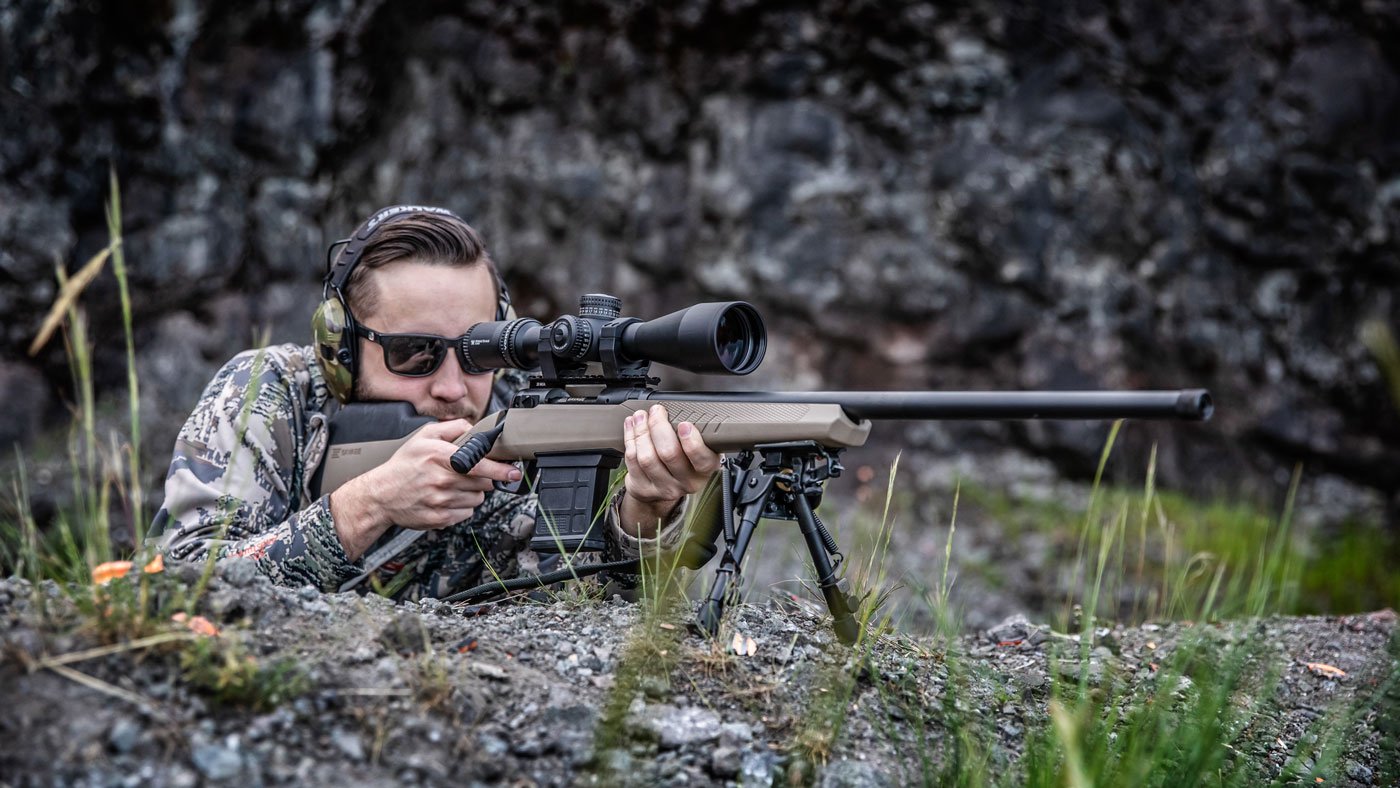
Why You Should Be Using a DOPE Card
The main reason for using a DOPE card is simple, easy, and convenient access to important information. Having a written record easily available helps when the pressure is on, whether you’re lining up a shot on your target buck or in the last stage of your long-range shooting competition. It’s easy to take a quick look at your card, make the adjustment, and squeeze off a perfect shot!
DOPE cards also serve as a useful learning tool when you’re on the range and practicing. By recording information and making your card, you’re learning how your rifle shoots and what adjustments you may need to make as a shooter. Plus, it encourages you to hit the range and refine your shooting skills even more!
Having a physical card is especially useful for backcountry hunters who may be completely out of cell network range. While ballistics apps that are similar to DOPE cards are becoming more popular, a physical card is reliable no matter where you are.
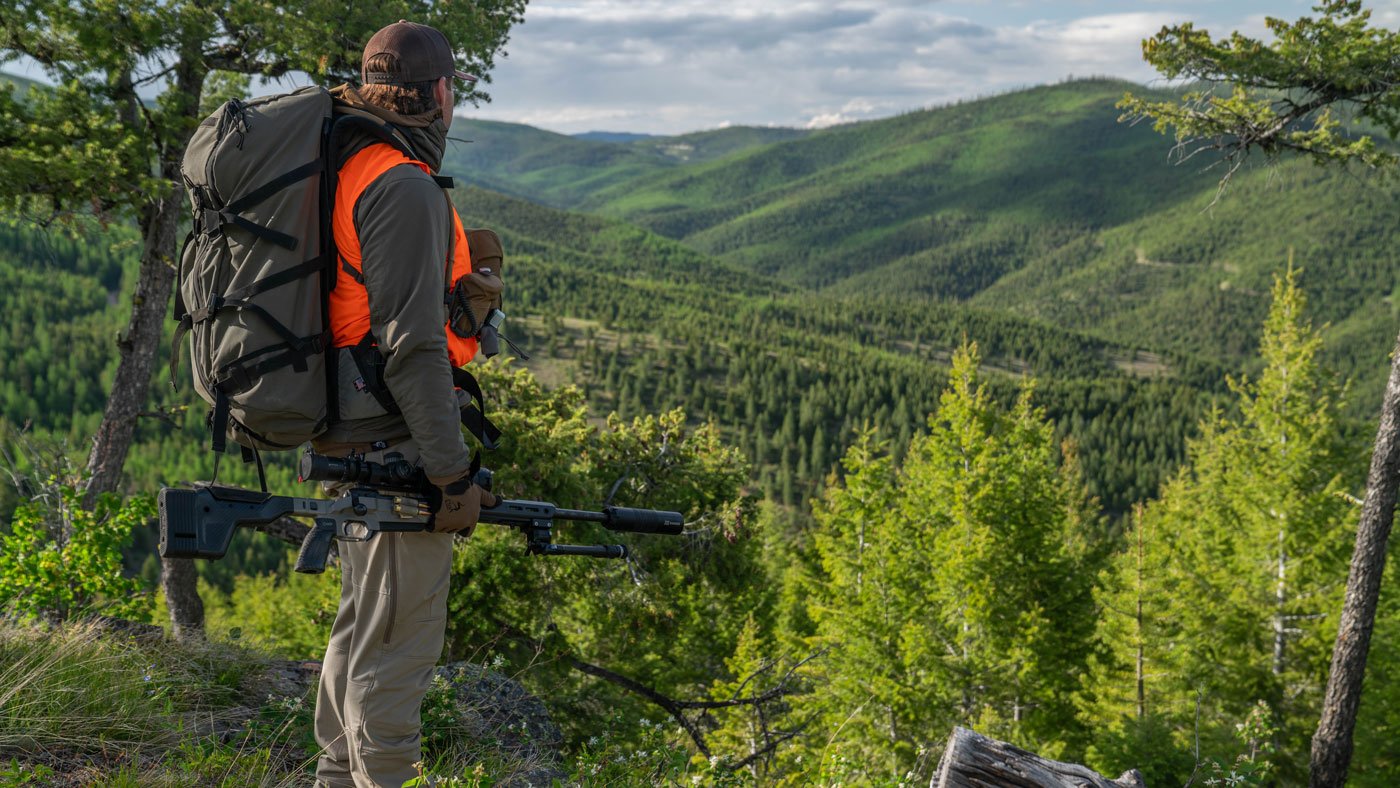
Making a DOPE Card
Making a DOPE card is simple! They can be made easily in a PDF or spreadsheet software at home, or you can find a variety of different cards available for download online. If you want to make your own, you’ll need to record a few specific pieces of information:
Ammunition
Shooting distance
Atmospheric conditions, usually relative humidity.
Elevation above sea level
Wind speed
Temperature
You can make a table to record this information, like the example card shown here
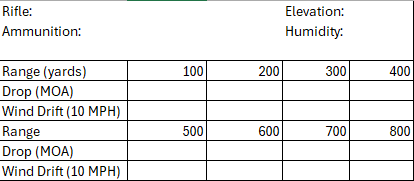
To fill in your card, you’ll need to hit the range to gather some information! Shoot several groups at each range under similar conditions to get an accurate picture of the adjustments you need to make. Record the bullet drop observed and the impact of wind drift on each shot. Once you are confident that you have an accurate representation of data in your notes, record that information on your DOPE card for later use.
If you hunt and shoot in a variety of different conditions, it is a good idea to have multiple cards ready to use for the different conditions you will be facing. Having a card for warm and cold temperatures, higher elevations, or greater windspeeds can help take some of the guesswork out of shooting in less-than-ideal conditions.

Tips for Using Your DOPE Card
When the time comes to use your DOPE card, you’ll want to make sure that you can use it quickly and easily to make your adjustments and get on target in time for the shot. Here are a few tips and tricks to help you get the most out of using your card!
Laminate Your Card
Laminating your DOPE card will help make it weatherproof and easy to read, rain or shine. This is especially useful if your card will be exposed to harsh elements and you want to prevent damage. Plus, you can use a marker to make quick notes on a laminated card and then wipe them off later when you’re out of the field or off the range.
Convenient Access
To keep yourself from fumbling around for your card, keep it in an easy and convenient place to access. You can make a card that will fit in the lens cap of your scope, attach it to your rifle sling, keep it on a lanyard, or even tape it to your rifle stock. The whole reason for having your card is for quick, easy information, so make sure it’s easy to get to!
Color Coding
If you’re using multiple cards for the same rifle or storing your cards altogether while not in use, consider color coding your cards to make them easy to tell apart. Use colored construction paper, colored tabs, or a highlighter to tell each card apart and make sure you grab the right one when you need it.
Match The Systems
If you plan to download a DOPE card online, make sure it uses the same measurements that you use while shooting! If you have an MOA scope, download or make a card that measures in yards, inches, and MOA for drop and drift. If you’re using a MIL scope, make sure you are using metric measurements on your card.
Practice Makes Perfect
Practice using your DOPE card while you’re at the range. Having the card helps ensure you have the data necessary to make a better shot, but practicing for that shot is just as important as having the information. If you’re not comfortable shooting out to 800 yards, then having a card that has information listed out to 800 yards will do you little good. So get out to the range and stretch the legs on your rifle to fully test your information and abilities!
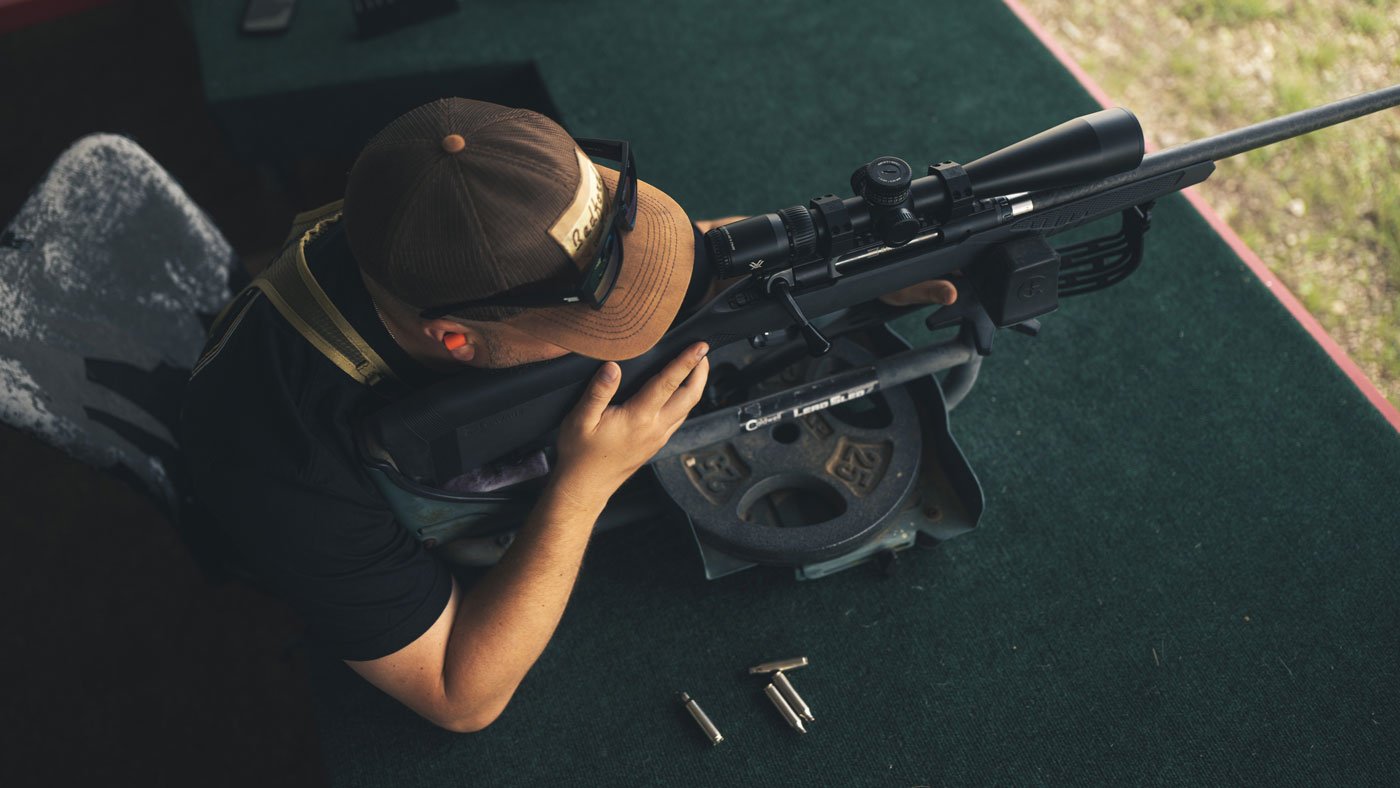
Using a DOPE card can help make you a better, more confident shooter when you’re competing or hunting in the field. By having the right information at your fingertips, you can quickly and easily dial in adjustments that will help you hit the target with greater accuracy. So get out to the range and start gathering your data! Soon, you’ll be ready to test your limits and take your shots to greater distances.

